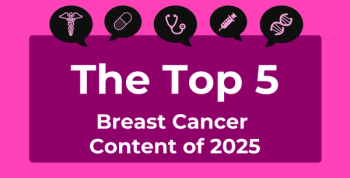
Emerging Trends in Sleep: Treating Central Disorders of Hypersomnolence, Breath Biomarkers in OSA, and More
A roundup of the latest news in sleep research reported across MJH Life Sciences™.
AASM Updates Guidance on Treatment of Central Disorders of Hypersomnolence
As reported by
Published in the
Following an evaluation of Grading of Recommendations Assessment, Development and Evaluation (GRADE) criteria, strong recommendations included the use of modafinil, pitolisant, sodium oxybate, and solriamfetol for the treatment of narcolepsy, as well as modafinil for idiopathic hypersomnia (IH). As the guidelines were released prior to recently published data on
Study Validates Use of Breath Biomarkers in Obstructive Sleep Apnea
According to findings of an observational study assessing secondary electrospray ionization high-resolution mass spectrometry (SESI-HRMS) in the evaluation of patients with obstructive sleep apnea (OSA), patients with the condition were shown to exhibit significant differences in breath biomarkers compared with the control group, with biomarker levels also shown to correlate with OSA severity.
Reported by
Speaking on their findings, researchers said there is unlikely to be only 1 biomarker for OSA diagnosis, with a pattern of several biomarkers instead more likely to be disease specific. A combination of SESI-HRMS measurements and OSA screening questionnaires was noted to be a potential diagnostic approach for patients with OSA in the future.
Assessing State of Sleep Research, Progress in Unmet Needs
As reported by
With vitiligo commonly associated with impaired social functioning and physiological conditions, including insomnia, researchers from China sought to evaluate the prevalence, severity, and risk factors of the sleep condition in these patient populations. In findings from their
Notably, patients with vitligo and insomnia were more likely to be female (62.8%; P = .006), work in urban areas (77.0%; P = .017), experience vitiligo in their face and neck (67.2%; P <.001), and be treated with oral corticosteroids (25.0%; P = .036). More than two-thirds of those with both comorbid conditions also reported development, aggravation, or recurrence of vitiligo as the first reason for their insomnia.
Newsletter
Stay ahead of policy, cost, and value—subscribe to AJMC for expert insights at the intersection of clinical care and health economics.









































